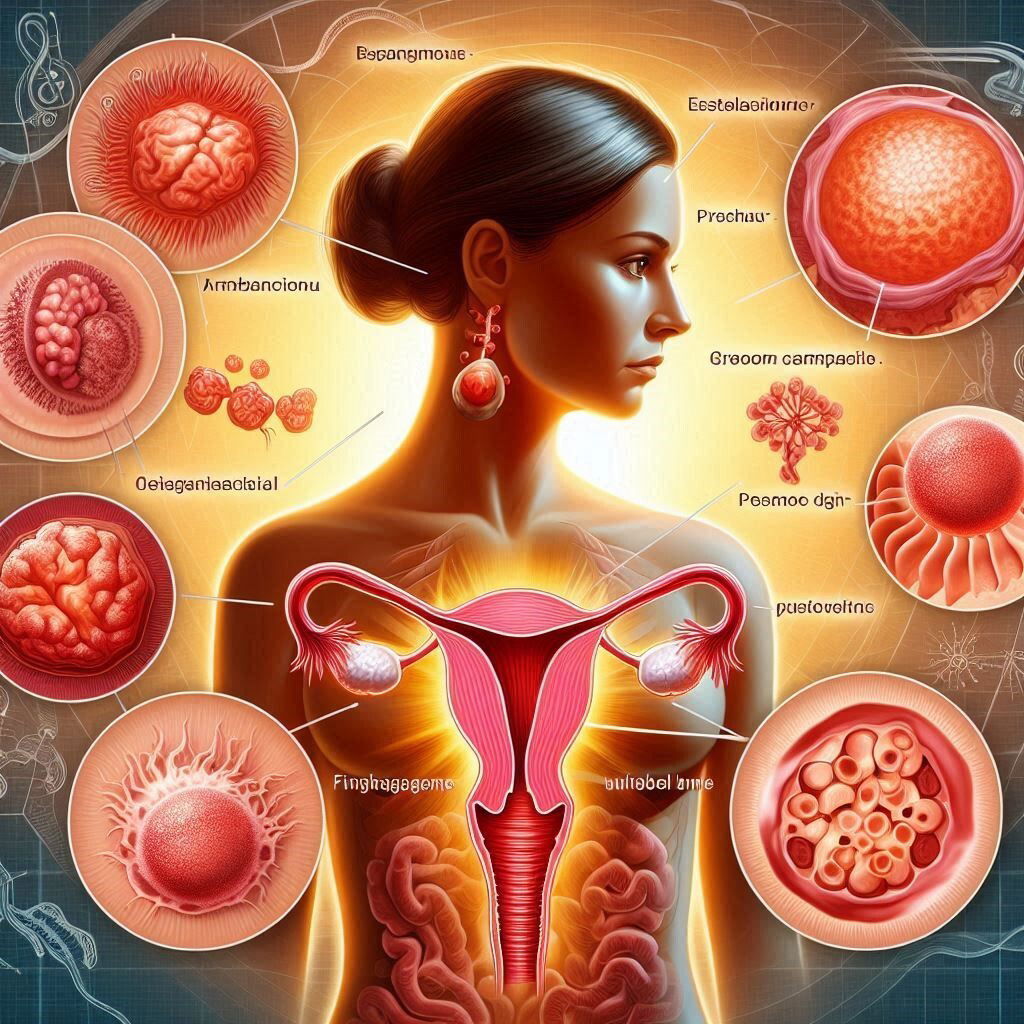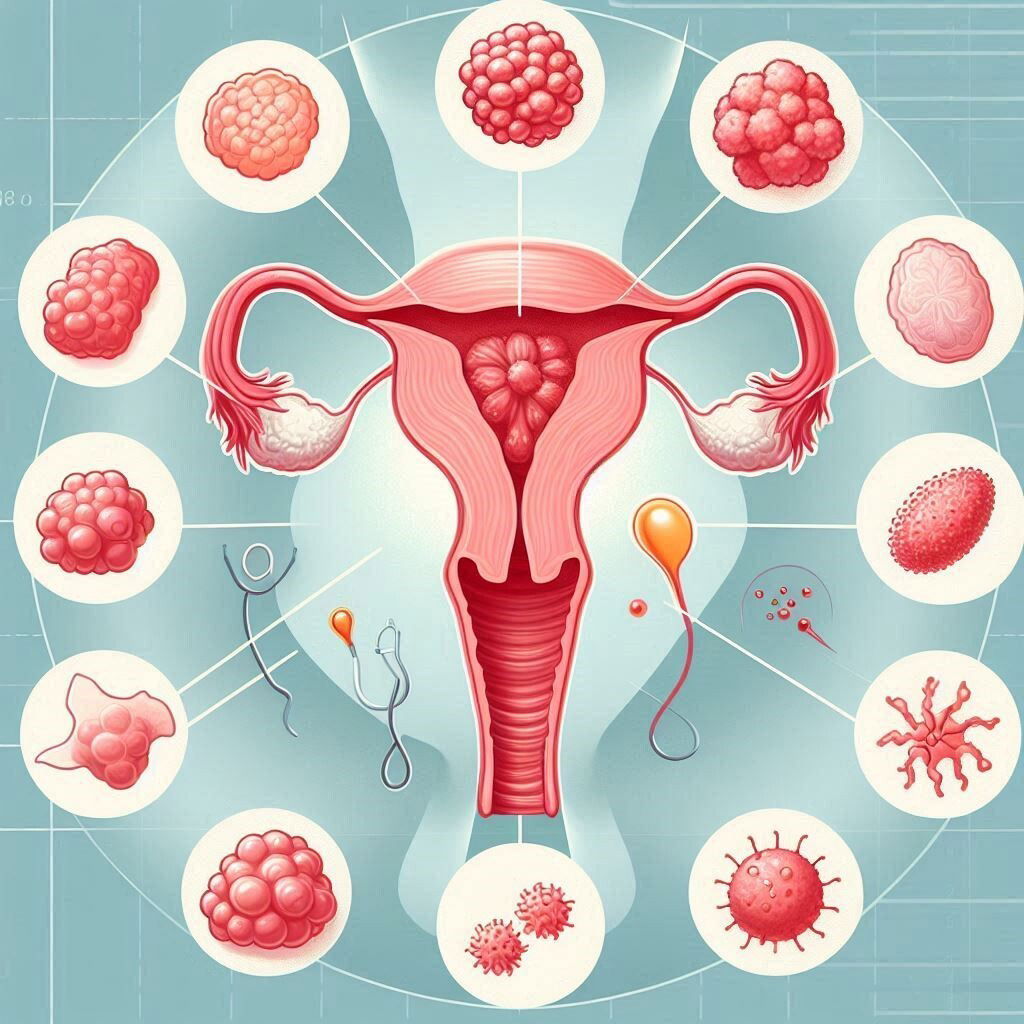Fibroids and Reproductive Health: Can They Shrink Naturally?

Introduction
Understanding the impacts of the condition is the basis for the effective fight against it and the implementation of efficient management strategies among women. Uterine fibroids are one of the common diseases among women, particularly those in the productive age. The non-cancerous growth of the benign tumor can cause various symptoms and be manifested by different complications.
What are fibroids?
Fibroids, also known as uterine leiomyomas or myomas, are referred to as the development of non-cancerous tumors in or relating to the uterus of a woman. They vary in size, number, and location and can be associated with the period of heavy uterine flow, pain in the pelvic area, and the problems of reproduction. Types of fibroids and their implications on the effectiveness of removal are characterized by a number of types based on their location:
- Intramural: are located in the muscular wall of the uterus.
- Submucosal: are protruding through the cavity of the uterus.
- Subserosal: can also be developing through the cavity of the uterus, but they are projecting outward to the latter.
- Pedunculated fibroids: create a stalk that is attached to the wall of the uterus.
Can fibroids shrink on their own?
The following factors can influence the independent shrinkage of the fibroids:
- Hormonal impacts: A significant role in the reduction of the concentration of the fibroids in the blood is played by hormones, particularly estrogen and pregnancy. Decreased production of estrogen slow the rate of growth causing decrease in the size, for example, during the postmenopausal period.
- Age: Fibroids often shrink with age of a woman, especially post-menopause, when the amount of hormones in blood decreases.
- Pregnancy: Fibroids may show a decline in growth after a baby is born. Hormonal levels are in a different ratio. It is especially significant after the first baby. However, there is very low evidence that children prevent fibroid growth.
Symptoms of Shrinking fibroids
- Pain in the pelvis would be certainly less significant
- Unpleasant feelings of a heavy stomach should disappear
- Your menstrual bleeding will be shorter and less significant
- Urinating will not be so frequent
Treatment points to remember
The size of your fibroids is not the reason to be under treatment all the time. However, sometimes you need to get a consultation with professionals. When symptoms are really bothering you, here is what you should consider:
- Medicines can be helpful. While reducing the symptoms of fibroids, they help to shrink them and prevent growth as well.
- Your lifestyle is in your hands indeed. You can always improve your physical state by having a stable and balanced diet, taking regular exercises, and maintaining a healthy weight. It will also influence your reproductive system positively.
- The careful monitoring of your heath three or four times a year is highly advised. Just keep an eye on your fibroids.
The Basic Medical Treatments for Fibroids
Hormonal Treatments
Most of the treatment involve changing the balance of hormones to combat the growth of fibroids and minimize the symptoms. The following are more common:
- Gonadotrophin releasing hormone agonists: It has effect on lowering the production of estrogen that shrinks the fibroids for a certain time.
- Progestins: it controls heavy bleeding and decrease the growth of fibroids as well.
Non-Hormonal Treatments
- Non-steroidal anti-inflammatory drugs help to relief the pain and the reduce the growth of the fibroids.
- Tranexamic acid helps to control heavy menstrual bleeding. Surgical Treatments
Surgical interventions used in the treatment of fibroids include:
- Myomectomy: is the operation that removes fibroids but keeps your uterus, in case you want to have babies some time after surgery.
- Hysterectomy: involves removing the fibroids together with the uterus, especially for those who don’t want to/shouldn’t have children any more.
Alternative Approaches
Diet
A balanced diet, containing a variety of fruits, vegetables, and whole grains, can help maintain the balance of hormones and general reproduction health. Some of the studies have suggested that green tea and soy can be beneficial in managing symptoms of fibroids.
Herbal Supplements
Widely believed herbal supplements such as Vitex, also known as Chasteberry, and Milk Thistle are intended to support the balance of the hormone and overall reproductive health. However, as with all the above recommendations, one should consult a healthcare specialist before starting to take any of these supplements.
Managing stress and chronic psychological conditions
Adjacent to our previous advice regarding yoga and other activities which could alleviate stress, one should consider getting rid of harmful stress. It is aimed to reduce the risk of adverse effects of getting some psychological events which stress you.
FAQ
Q1. Do fibroids shrink on their own?
Yes, no wonder, sometimes they shrink on their own. Respectively hormonal changes, which usually follow, shrink them. As the estrogen and progesterone levels in the body decline, in most women fibroids shrink.
Q2. Which factors determine the chances of the shrinkage of the fibroids?
Hormonal changes which are related to the age of a woman and some pregnancy events can affect the shrinkage of the tumors. Specifically decline in two aforementioned hormones cause fibroids shrinkage.
Q3. Are there any measures I can take while waiting to shrink the fibroids?
Medications and lifestyle and procedures. Maintaining the right body mass and constant prescription and check-ins with gynecologist.
Q4. Are they some methods by which I could aid the process of fibroids’ natural shrinkage?
Yes, fibroids can potentially be influenced by a balanced diet. Specific actions can enhance the positive effect. As well one may consider taking some herbal supplements. And the last but not least option which can help would be managing your stress.
Q5. Should I go for fibroid into surgical removal?
If you have got too many large thigh tumors or have severe symptoms constant or constant and not identifiable through prescription. Some of the most common actions are removing the whole uterus and removing the tumors exclusively.
Q6. Can fibroids mean I am less fertile?
Of course, fibroids may affect fertility if, for example, they block or distort the uterine tube cavity. Some commonly used medications can assist to reduce the chances of infertility.
Conclusion
As one of the most common women’s conditions, fibroids still have many mysteries. The oestrogen dependence of fibroids defines their behaviour closely. Thus, oestrogen and myoma course are closely interrelated. It is interesting to note that only 12% of myomas are detected due to symptoms of pain or clear observation. The rest of the cases are symptomatic episodes of certain diseases. They can be detected by gynaecologists and only incidentally at a therapeutic examination. On another note, only 10% of all myomas lead to infertility. It is mainly associated with ectopic forms that reduce female reproductive function. Thus, it is essential to manage fibroids to avoid complications.
